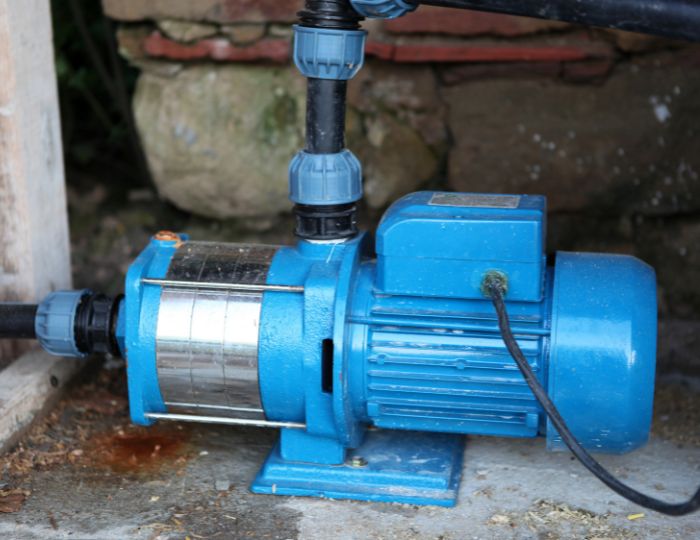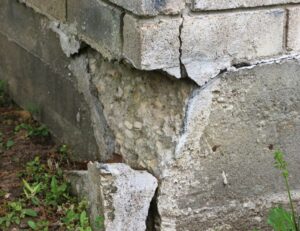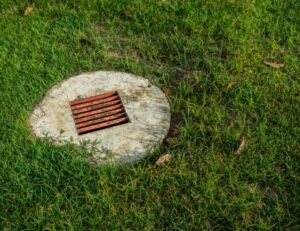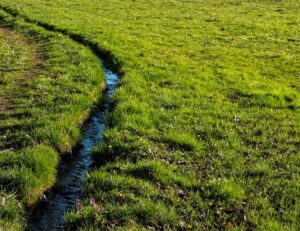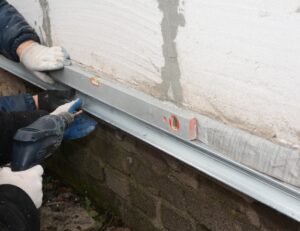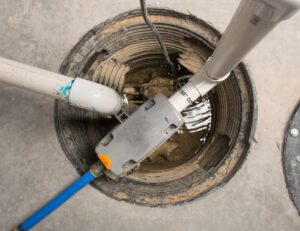A sump pump is an essential device that helps keep your basement dry and free from flooding, especially during heavy rains. However, like all mechanical systems, sump pumps have a limited lifespan. Knowing when to replace your sump pump can save you from costly water damage. Let’s explore how long sump pumps typically last, signs that it’s time for a replacement, and how to keep your system running smoothly.
How Long Does a Sump Pump Last?
On average, a sump pump lasts anywhere between 5 to 10 years. The exact lifespan depends on factors such as the type of pump, usage frequency, maintenance, and the overall conditions of your basement. A well-maintained pump in a relatively dry basement may last closer to 10 years, while a pump that’s frequently used or located in a high-water table area may need replacing sooner.
Signs It’s Time for Sump Pump Replacement
- Frequent Cycling If your sump pump turns on and off frequently, it could be a sign of a failing system. This might mean the pump is overworked or the switch is malfunctioning. A reliable sump pump should cycle only when necessary.
- Age of the Pump If your sump pump is nearing the end of its expected lifespan (typically 7-10 years), it’s wise to start thinking about a replacement, even if it seems to be working fine. Waiting until the pump fails could lead to basement flooding during the next big storm.
- Strange Noises Unusual sounds like grinding, rattling, or humming may indicate mechanical issues. While some noise is normal, these strange sounds could point to worn-out parts or debris clogging the pump, which could result in failure.
- Excessive Vibrations If you notice excessive vibrations or shaking when the pump is running, this can mean that the pump is misaligned or its bearings are worn out. Over time, this can cause the pump to break down completely.
- Visible Rust or Corrosion Rust and corrosion can build up in your sump pump if it’s exposed to water and humidity for long periods. This can lead to structural damage, reducing the efficiency of the pump and increasing the risk of failure.
- Pump Runs Continuously A sump pump that runs continuously, even when the water level is low or normal, could be malfunctioning. This indicates that the float switch or other parts are not functioning properly.
- Basement Flooding If your basement has flooded recently despite the sump pump running, this is a clear sign that the pump may not be doing its job. Whether the pump is clogged, damaged, or simply too old, it’s time for a replacement.
- Waterlogged or Slow Draining If water isn’t draining as quickly as it should after the pump activates, or if there’s standing water around the sump pit, your system may not be working as efficiently as it once did. Clogs or failing parts could be to blame.
How to Extend the Lifespan of Your Sump Pump
To get the most out of your sump pump, regular maintenance is key. Here are some tips for extending the life of your sump pump:
- Clean the Sump Pit: Keep the pit free of debris and sediment to avoid clogging the pump.
- Test the Pump: Run the pump periodically (even in dry weather) to ensure it’s working properly.
- Inspect the Discharge Line: Make sure the discharge line is clear of blockages and directing water away from your home.
- Schedule Professional Servicing: Regular inspections by a professional can identify early signs of wear and prevent major issues.
When to Call a Professional
If you notice any of the signs mentioned above, or if your pump is near the end of its lifespan, it’s a good idea to consult with a sump pump expert. They can assess your system’s condition, recommend the right replacement model, and ensure that the installation is done properly.
A sump pump is a crucial tool in protecting your home from basement flooding and water damage. Understanding its lifespan and recognizing the signs of failure can help you avoid costly repairs and keep your basement dry. If you’re unsure about the condition of your sump pump or need professional replacement services, contact Everseal Basement for expert advice and installation. Keep your home safe, dry, and protected—before the next storm hits!

